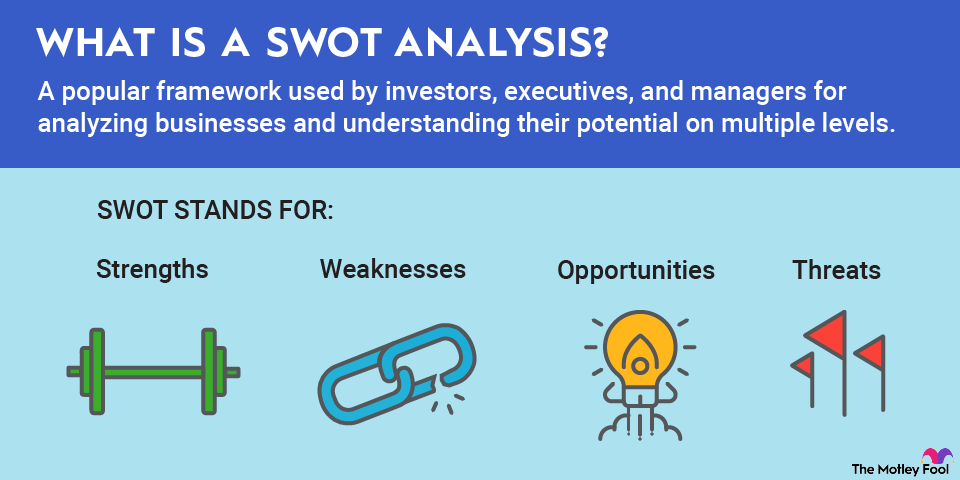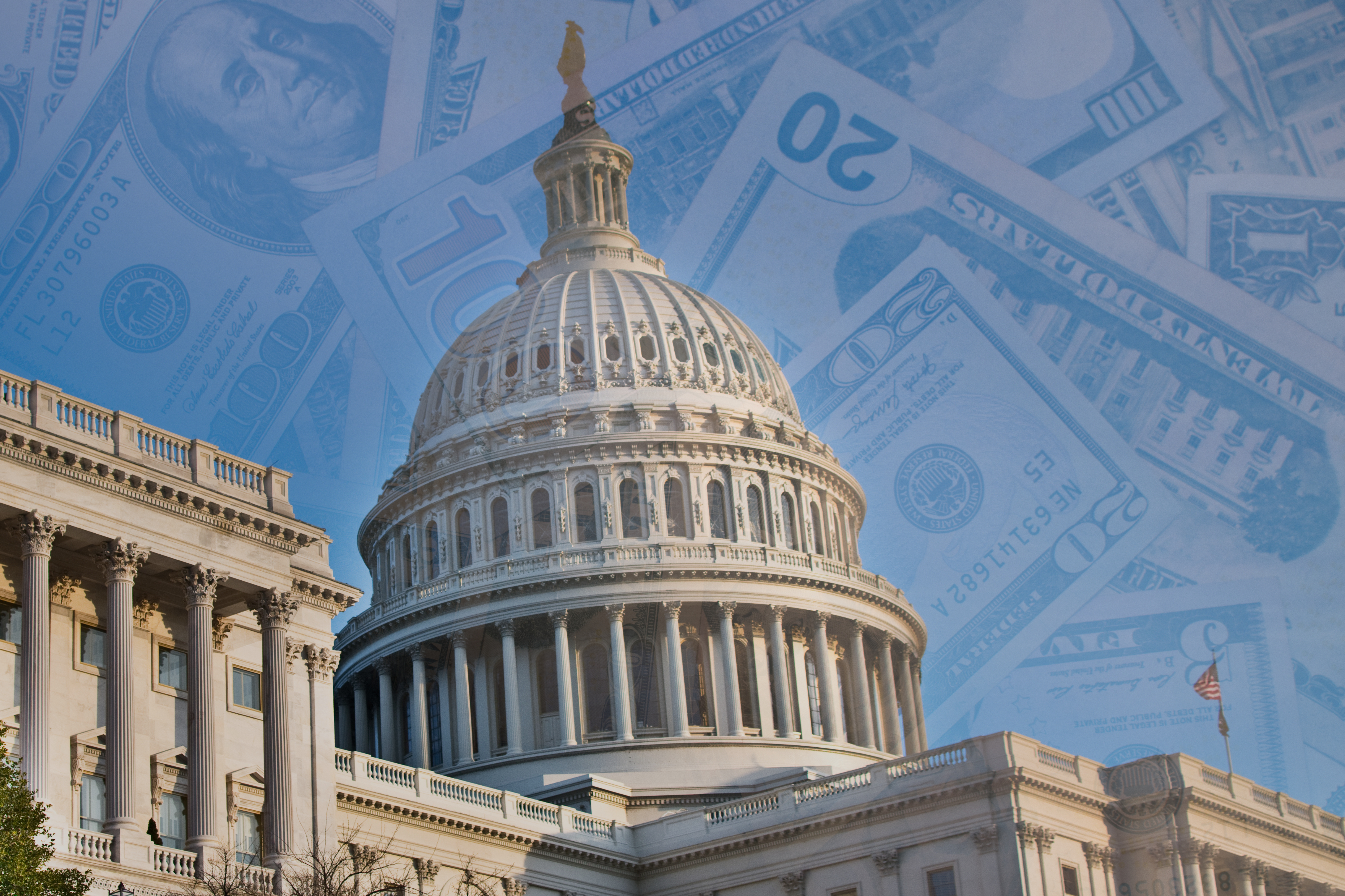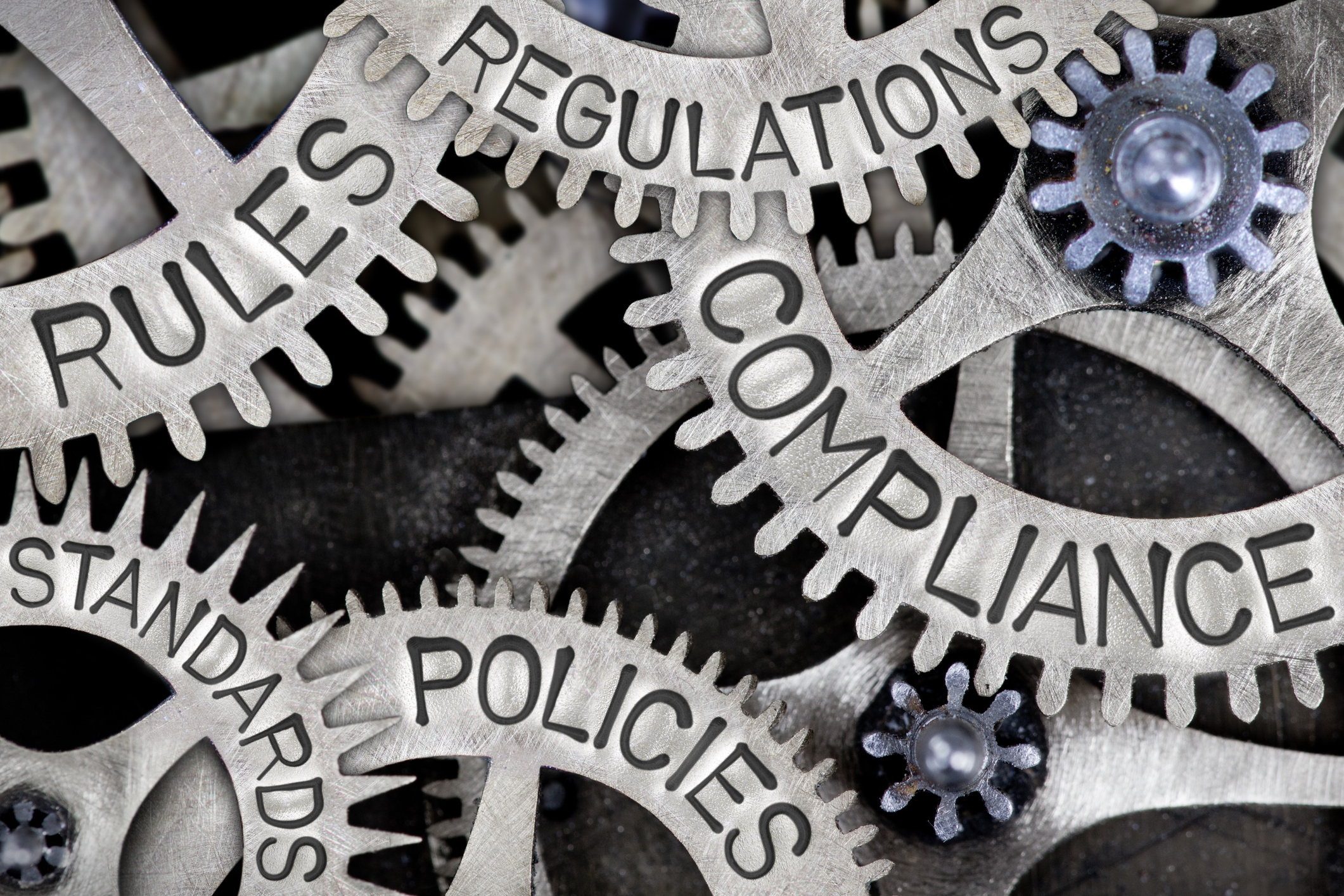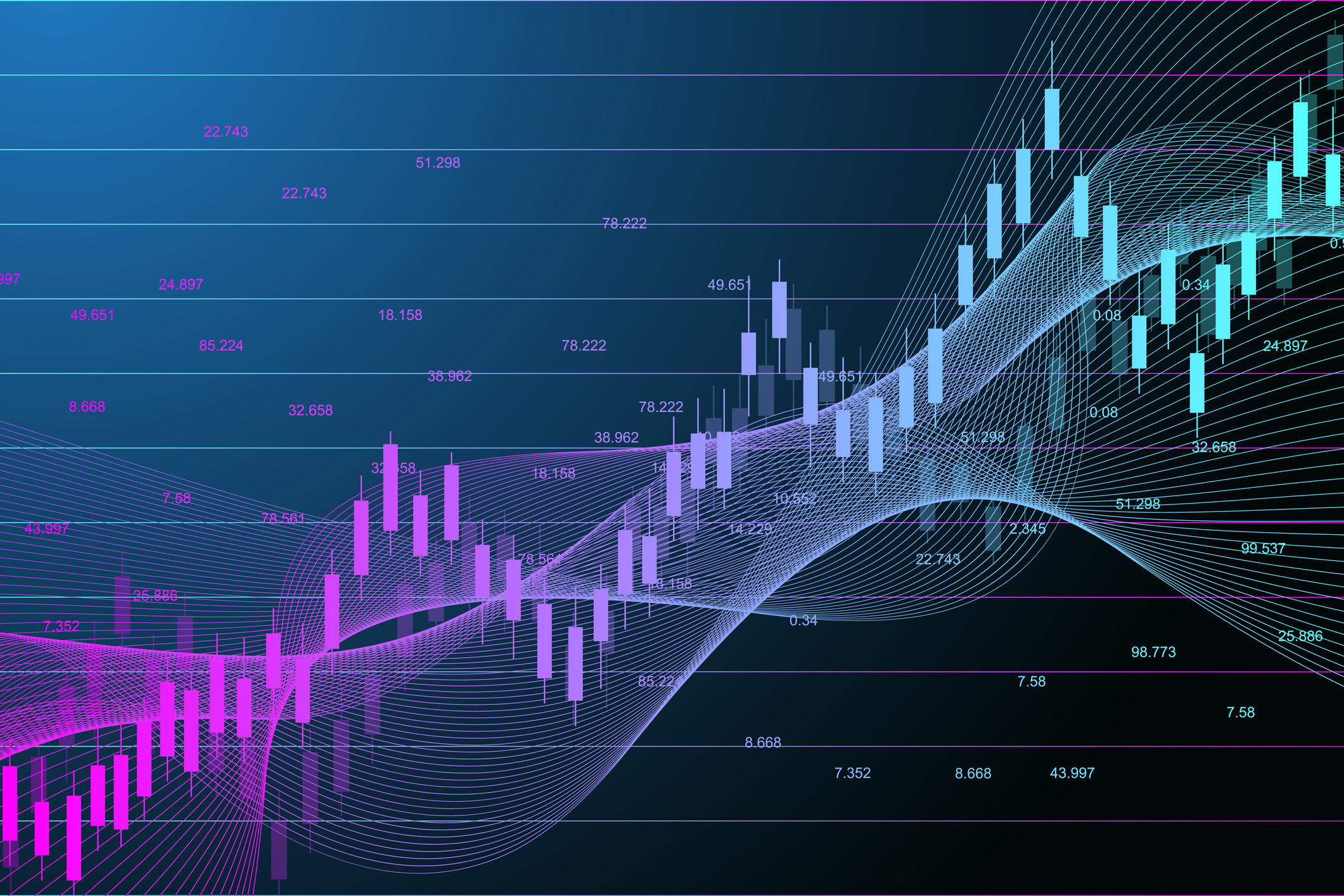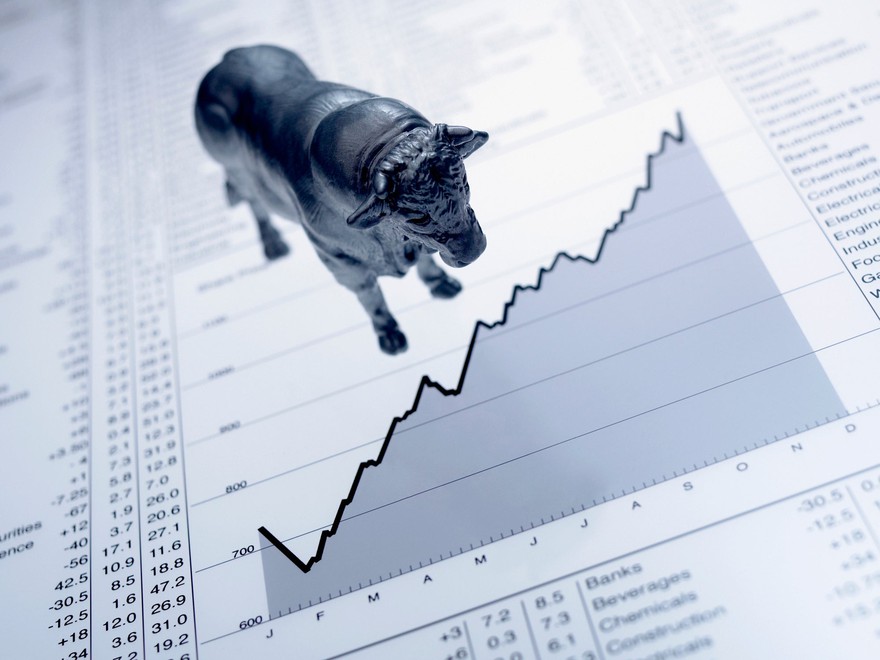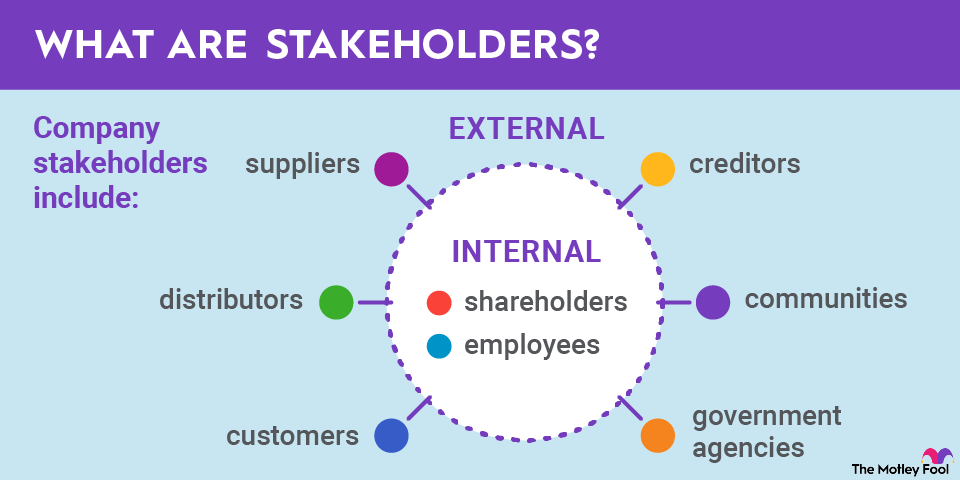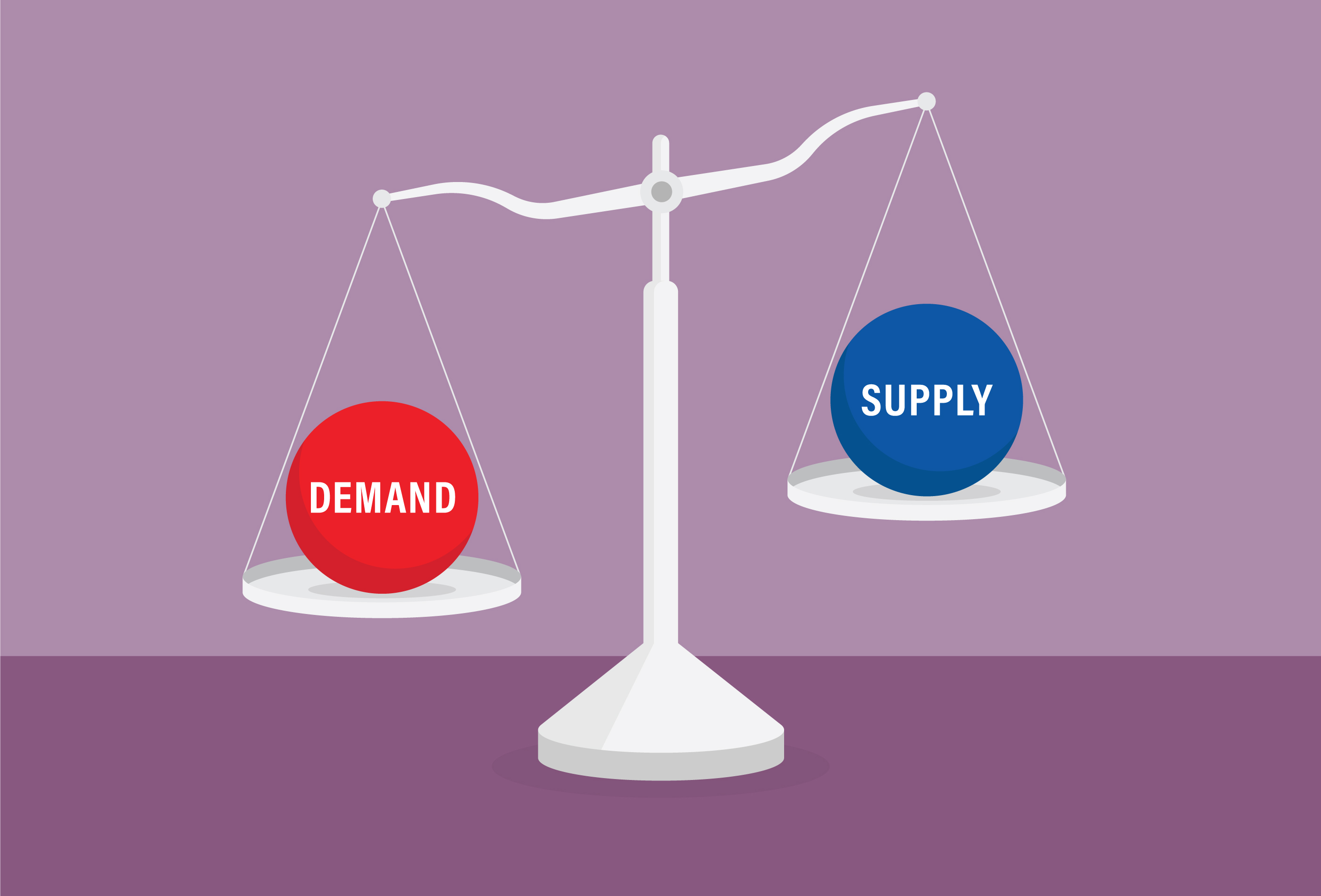There’s no official definition of a stock market crash, but chances are good that you know them when you see them, and chances are good that you haven’t seen all that many of them. By one yardstick, a crash is a rapid drop -- say, a week or less -- in a major stock market index, such as the S&P 500 or Dow Jones Industrial Average. Read on to learn more about stock market crashes, their history, and how to deal with them.

What is a stock market crash?
Put simply, a stock market crash is a rapid and sharp decline in the value of stocks. The key descriptors, of course, are “rapid” and “sharp.” For most investors, a “rapid” decline is a one-week drop, although they've been known to happen in just a few hours. There’s a bit more debate over what constitutes a sharp decline, but it’s generally defined as a loss of 10% to 20% during a single trading week.
The fuzzy definition makes it hard to pin down exactly where a market index is headed. Is it a crash that will wipe out trillions in wealth? A correction that will begin to bring inflated stock values back to reality? Or a bear market that will gradually erode the value of investor portfolios before rebounding into a bull market? Here are some helpful characteristics:
- Correction: Usually, a prolonged decline between 10% and 20%.
- Bear market: A prolonged decline of more than 20%.
- Crash: A rapid decline of more than 20%.
History of stock market crashes
Between 1929 and 2022, there were 27 bear markets -- but only a handful of major stock market crashes. Those five major crashes, however, have heralded some of the worst economic downturns in U.S. history.
- Almost half of bear markets over the last century were tied to the Great Depression. A dozen bear markets occurred between 1929 and 1942. The crash is generally dated to Oct. 29, 1929, when 16.4 million shares were traded on the New York Stock Exchange, and heavily leveraged retail investors lost billions. The Dow Jones Industrial Average would plummet to 41.22 in 1932, its lowest level of the century, and it would take 25 years to boost the index to pre-Depression levels.
- Although it didn’t occur as part of a global depression, the Black Monday market crash on Oct. 19, 1987, was notable for the Dow’s 22.6% one-day decline – the largest such drop in U.S. history. Regulators generally blamed the crash on an increase in the number of international investors driving up stock prices pre-crash and extensive use of options and derivatives that were accelerated as the previous week’s volatility increased. It took the market about two years to recover.
- The S&P 500 reached a peak of 1,527.46 on March 24, 2000, now known as the dot-com bubble. On April 14, the Nasdaq Composite index fell almost 10%. Fueled by busts like pets.com, the S&P 500 index had lost half its value by Oct. 9, 2002, as part of a slow-motion crash. The dot-com bubble bursting and subsequent market crash was blamed for one of the shorter U.S. recessions that only lasted from March until November 2001, but it had lasting effects. People who had put their money into Invesco’s QQQ exchange-traded fund (ETF), which tracked the Nasdaq-100, wouldn’t recover their losses for 16 years.
- The global financial crisis of 2008-09 began to take shape in 2007 as investment bank Bear Stearns began to falter. Bad bets on the U.S. housing market, where prices had doubled between 1998 and 2006, led to catastrophic losses at some of the largest banks in the world. Between September and December 2008, the S&P 500 lost between 7% and 8% of its value in a single day -- four times. The index wouldn’t recover until April 2013.
- The discovery of a contagious novel coronavirus that became known as COVID-19 didn’t spark a stock market crash in early 2020 -- but the shutdown of global commerce amid nationwide lockdowns to slow the pandemic did the trick. In March 2020, the Dow lost 6,400 points in barely four trading days, a 26% loss. A combination of the Federal Reserve Board cutting interest rates to almost zero and a $2.3 trillion stimulus package passed by Congress sped the recovery; by November 2020, U.S. markets had regained pre-pandemic levels.
Related investing topics
Dealing with a market crash
Market crashes can wipe out trillions in wealth. How do you make sure that your hard-earned investments aren’t erased? There’s no avoiding immediate losses when the market crashes, but you can take three big steps to mitigate them:
- Don’t panic. Not all investments will bounce back from a crash, but if you’ve done your research and invested in strong companies, you’ll get your money back. Remember, since the S&P 500’s 1928 inception, there’s no 18-year period that hasn’t produced a positive real return on investment. It’s better to buy and hold than panic and sell.
- Look at the business, not the share price. As legendary investor Warren Buffett once observed, it’s better to buy a wonderful company at a fair price than a fair company at a wonderful price. A market crash causes a lot of pain, but plunging stock prices can represent real future opportunities for smart investors.
- Make sure that the cash you have in the market isn’t cash you immediately need. A good rule of thumb is to only invest money you won’t need for the next five to seven years.
It’s easy to watch the progression of a market crash and think the world is coming to an end. But as Buffett also said, “Be fearful when others are greedy and greedy only when others are fearful.”


